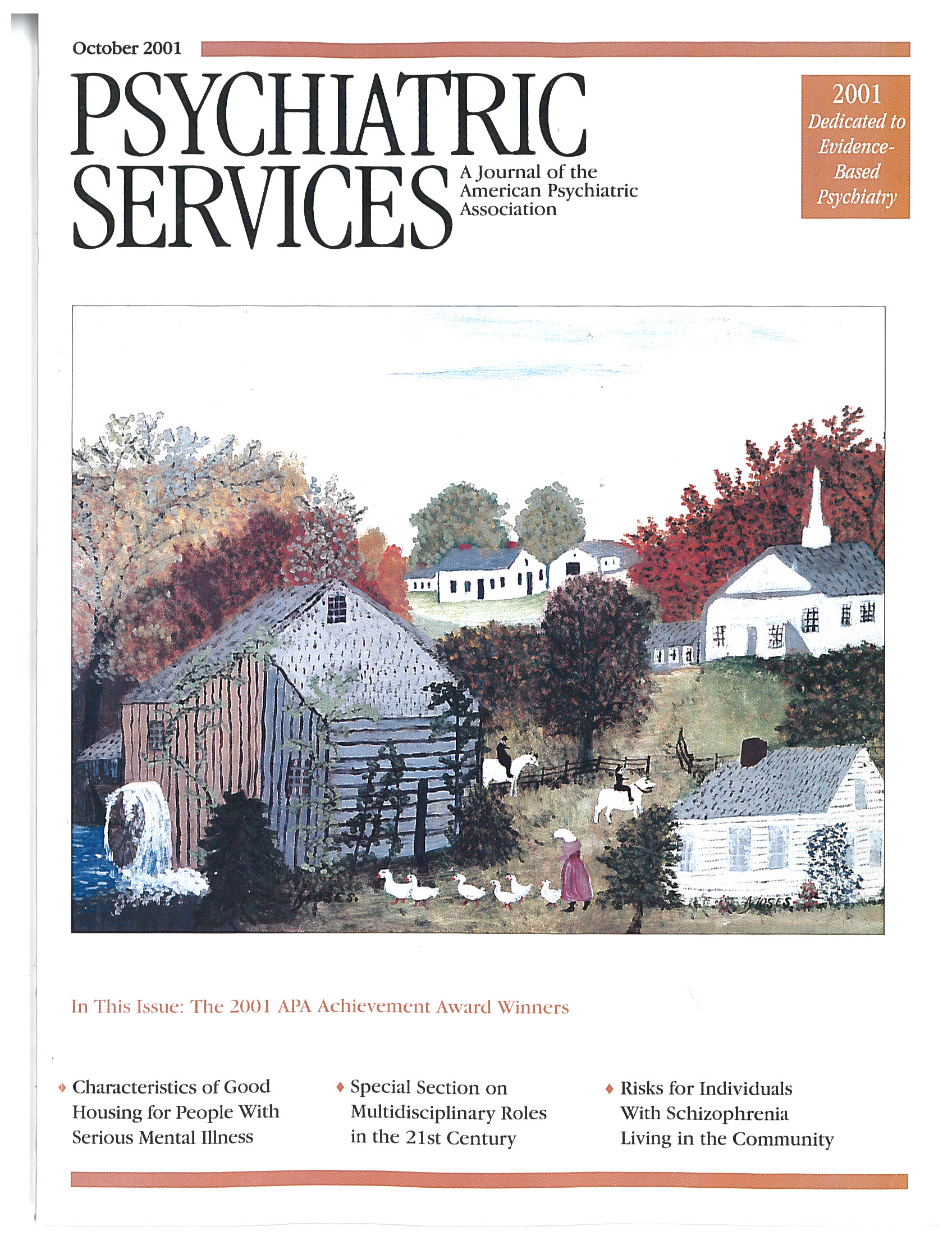Binge No More: Your Guide to Overcoming Disordered Eating Eating Disorders: A Guide to Medical Care and Complications
Binge No More is a comprehensive treatise on disordered eating. The book is divided into two parts. The first part, entitled "Information: What You Need to Know About Disordered Eating," is like a mini-textbook of the psychiatric approach to the subject. It contains good descriptions of diagnostic categories, personality disorders, and comorbid conditions as well as a delineation of the eating disorders—anorexia nervosa, bulimia nervosa, and binge eating disorders. The definitions of terms are clear and accurate, and the language is accessible to the layperson. Appropriate correlations and statistics are included, and succinct clinical vignettes are presented. This is a very good introductory text for students and beginning clinicians.
The second part, "Intervention: How You Can Overcome Disordered Eating," is like a self-help manual. It covers the problems of eating disorders, including the stressors and causes of binges, interventions, nutritional counseling, and how to change one's thinking and behavior, and it presents a variety of checklists. Given the complexity of eating disorders, however, this approach is rather simplistic. The information in this section might be more useful if it were given to individuals who were already in treatment, to help them assess themselves, discuss their personal situation with the therapist, and develop a more in-depth understanding of their personal psychology and the resultant eating disorder. The author alludes to therapy but does not underscore the need for a comprehensive treatment program to manage the severe problems that are presented.
In general, Binge No More is a well-written, comprehensive, well-organized, descriptive book, with an extensive bibliography—definitely a guide to eating disorders, but the subtitle overstates the book's utility as a "guide to overcoming eating disorders."
Eating Disorders, edited by Philip S. Mehler and Arnold E. Andersen, is an excellent guide to the medical issues connected with eating disorders. The contributors to the book's 15 chapters are well known in the field. The book is geared to primary care physicians, but it should be read by anyone who has contact with populations that are vulnerable to eating disorders to alert them to the problems and complications that can result from these illnesses and to help them understand the need for the earliest possible intervention and appropriate treatment.
The format used in this book is that of questions followed by comprehensive answers. Explanations are in understandable language and give attention to numerous details. The basics are addressed, but the chapters also go into detail about the multiple parameters of the diseases, including obesity, and their complications. Eating Disorders is an excellent text for use in training, and it should be required reading for medical students. I would certainly recommend it to any clinician who wants or needs to know about the medical issues related to eating disorders.
Dr. Goodman is chief of the consultation-liaison service for child and adolescent psychiatry at North Shore University Hospital in Manhasset, New York.



